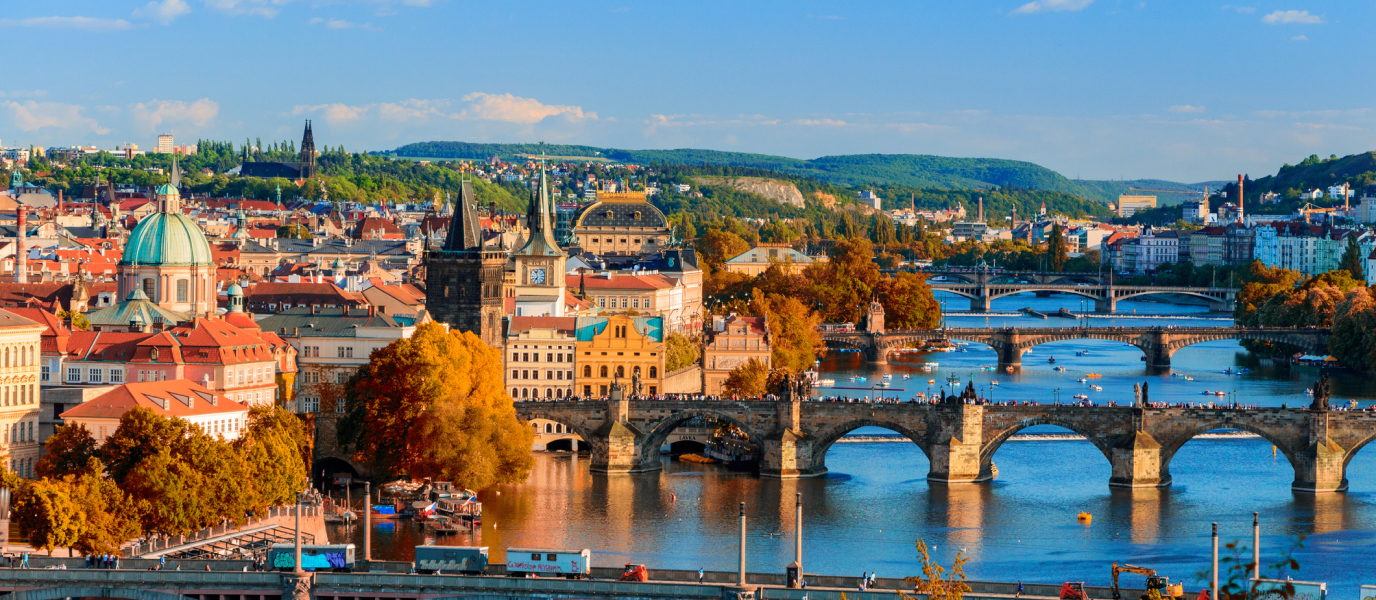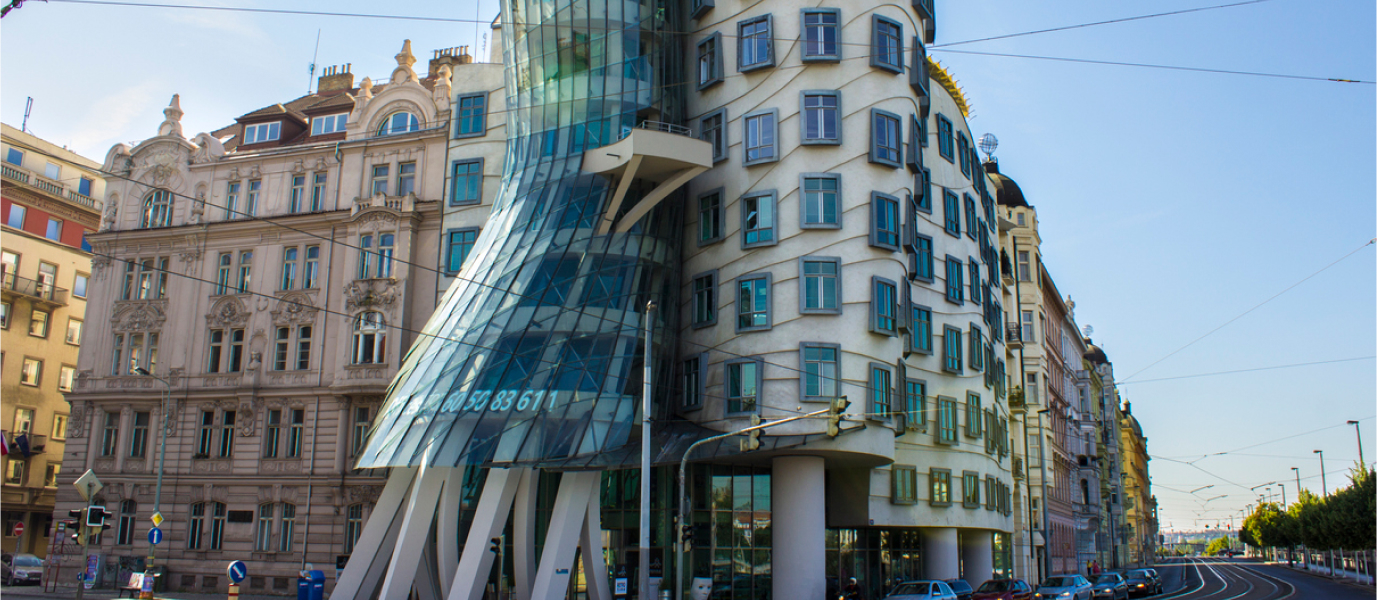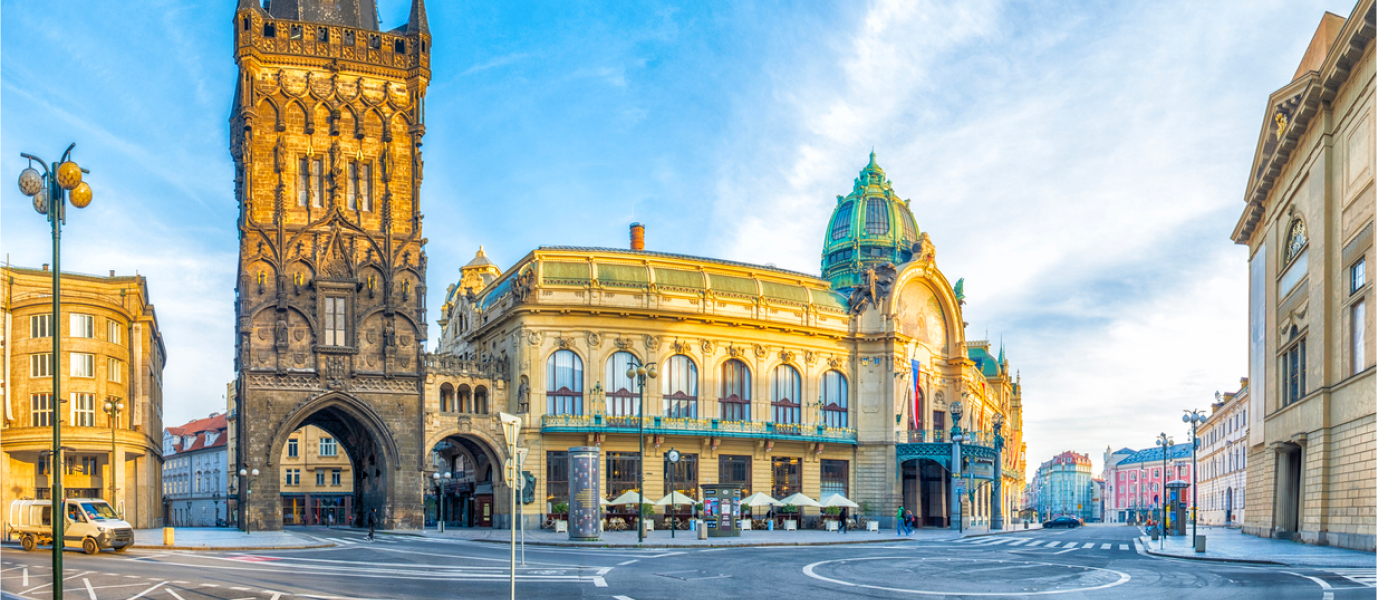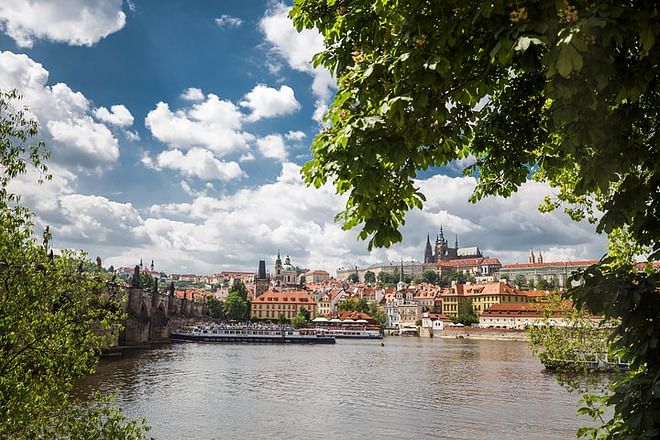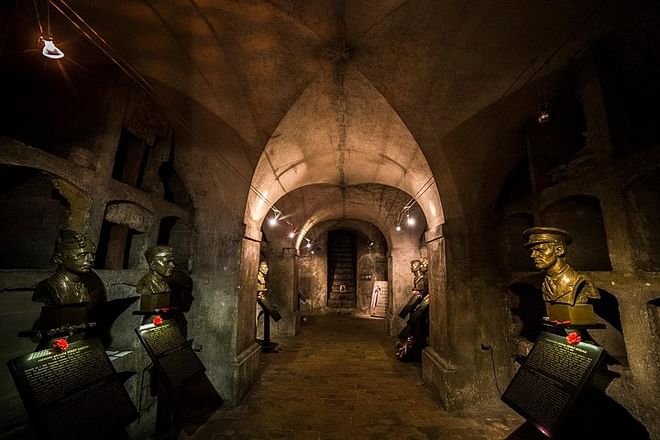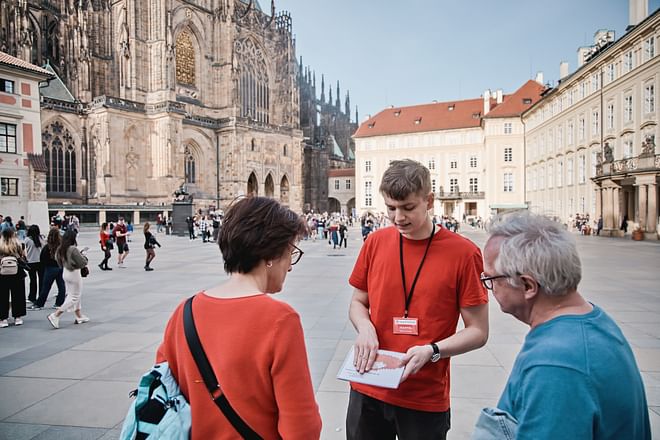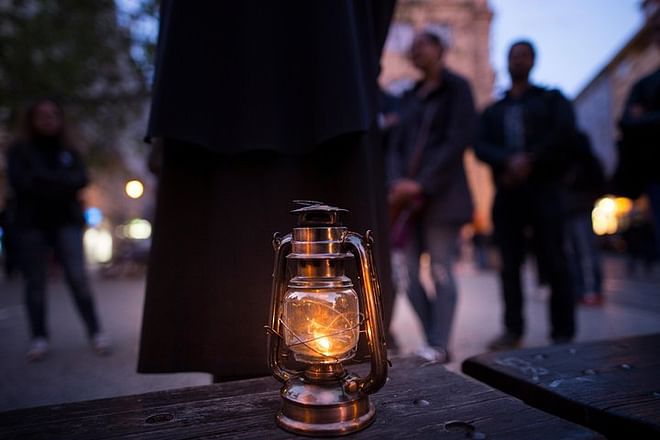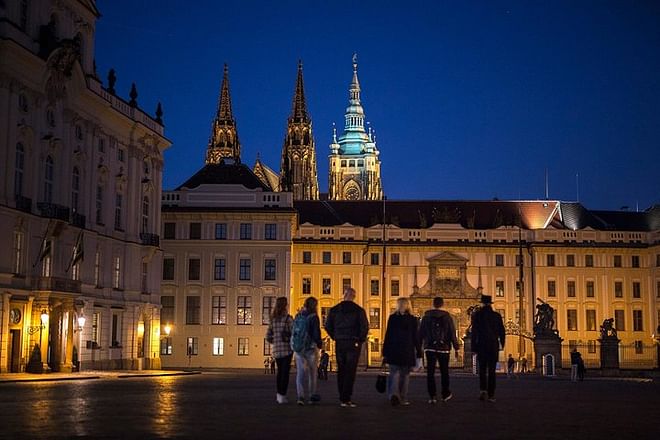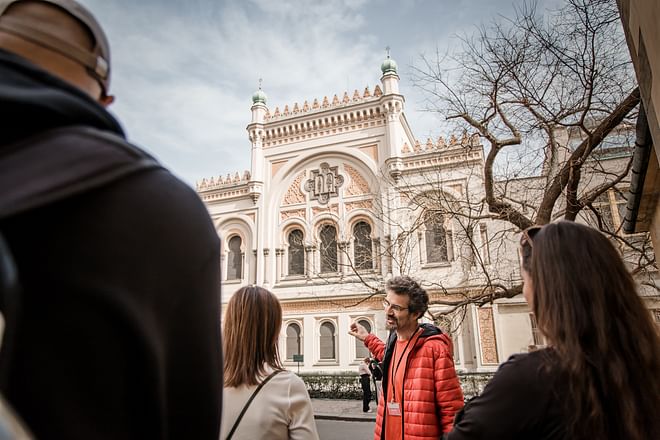After visiting the magnificent Castle complex, strolling along Golden Lane and climbing the Powder Tower, make your way to Strahov Monastery to get the most out of your day in Prague.
As it is only one kilometre away, you’ll get there in around 10 minutes. Visiting this medieval monastery situated on a hill will be a more than rewarding activity. Its beautiful rooms have been the scene of films and it even boasts its own brewery—just one of its many interesting features. So how about joining us as we examine its history?
Strahov: a monastery with a tumultuous past
After various failed attempts to install an Order of Canons Regular in Prague, Vladislaus II founded Strahov Monastery in the year 1140, bestowing it upon the Premonstratensians order. These early monks built a wooden construction together with a Romanesque church, but over time the wood was replaced by stone.
In fact, the savage fire that occurred in 1258 forced the monks to embark on a costly restoration project. Later on, during the Hussite Wars, the monastery was looted and many books and furniture were lost.
The monastery didn’t properly thrive until the late sixteenth century thanks to the presence of the abbot Jan Lohelius, future Archbishop of Prague. The construction work he initiated continued under the orders of the abbot Caspar von Questenberg, who, in addition to transforming the different buildings, managed to transfer the remains of Saint Norbert, the order’s founder, so that he be laid to rest in the church of Strahov Monastery.
Around 1670, the abbot Jeroným Hirnheim built a new library, which is now known as Theological Hall, one of the monastery’s most wonderful sights, making a visit well worth the effort. The most recent rooms were added in 1779 thanks to the abbot Václav Mayer: the finishing touch to centuries of work being the beautiful Philosophical Hall, which helped expand the library.

Strahov Monastery has withstood religious conflicts, two world wars and a Communist regime. After the Velvet Revolution the monastery’s land was returned to the Premonstratensians order. The monks embarked on another restoration project and opened an art gallery. Up to this day it is still the home of the aforementioned order, who keep its spirit alive and work to ensure that its history is not lost.
What to see at Strahov Monastery in Prague
Although the original structure was Romanesque, today visitors are welcomed by a Baroque exterior. The following parts of the monastery can be visited by the general public:
- Theological Hall
Without a doubt, this room, designed by the architect Giovanni Domenico Orsi, is one of the main reasons to visit Strahov, and although the library comprises two rooms, this one has a special charm. For starters, the stucco decoration and the ceiling frescoes, created by Siard Nosecký and alluding to librarianship and the importance of knowledge for obtaining faith, are particularly striking.
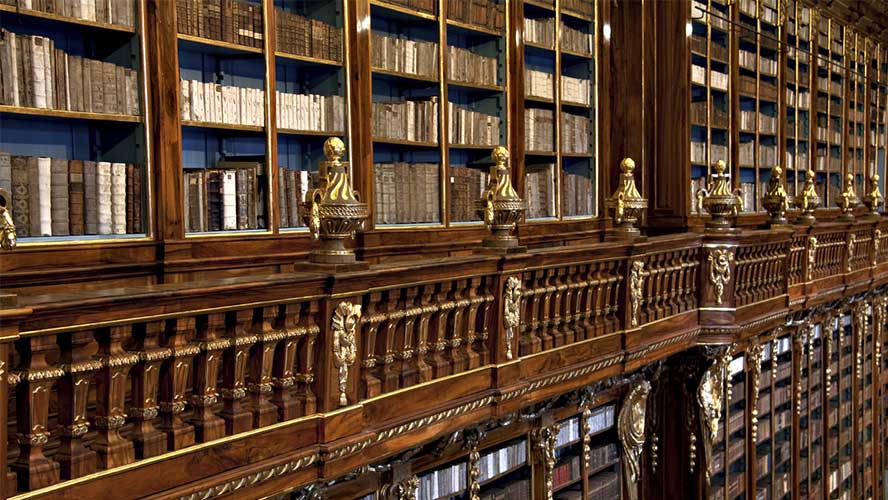
The hall is truly astonishing and has a unique atmosphere made all the more special by a collection of over 18,000 ancient books, manuscripts and incunabulum (early printed books), maps and globes. The name of the hall comes from its collection of thousands of different editions of the Bible.
- Philosophical Hall
Housing over 42,000 items, this room, which is much more classic in its design, is the work of the Italian architect, Ignác Jan Palliardi. Spanning a height of more than 14 metres, the walnut bookshelves brought from another monastery will no doubt leave you spellbound. In this case, the frescoes were created by the Rococo painter Franz Anton Muulbertsch and revolve around the theme of scientific revolution, advocating knowledge above all. You won’t be able to take your eyes off the exquisite colours of the clothes of the people depicted. The hall also safeguards treatises on philosophy, law and history.
- Cabinet of curiosities
Situated in-between the library’s two halls, this is another one of the most interesting places in Strahov Monastery. Here you can view different dissected animal species, including a dodo, the famous flightless bird native to Mauritius, which is now extinct. Insects, fish, minerals and all manner of other objects, even items originating from Japanese culture, are included in this unusual cabinet, which will transport you back to another time.
- Art gallery
If you’re interested in medieval art, this gallery is one of the most renowned in Europe in terms of its collection. It boasts over a thousand works of art in which you can immerse yourself.
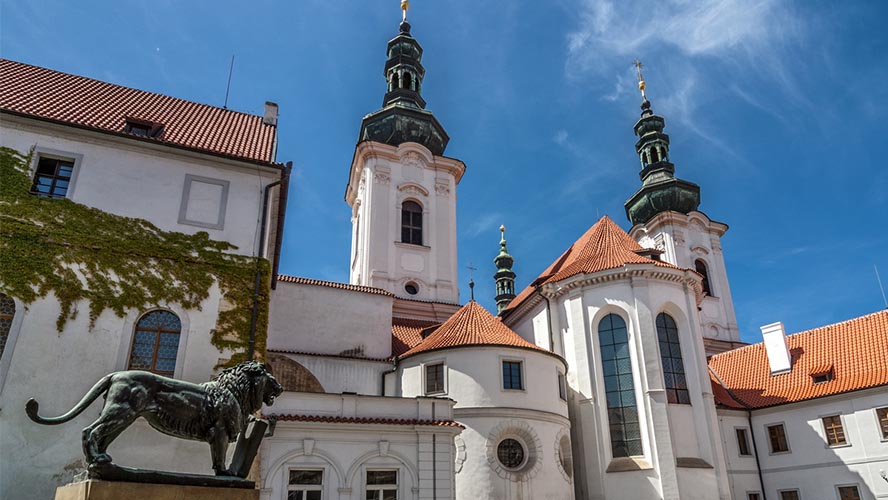
- Church of the Assumption
Built in Baroque style, this church houses the mortal remains of Saint Norbert. Quite extraordinarily, the church organ was apparently played by Mozart himself on one of his visits to the city of Prague. The church’s interior is beautifully decorated with frescoes and can be visited during mass.
- Brewery
We’re sure by now you’ll be wanting to refuel and at the Strahov Monastery brewery you’ll have the perfect opportunity to sample authentic artisan beer, made according to methods employed by monks for centuries. The brewery has been part of the monastery almost since it began and is an attractive place boasting fantastic views of the city. The brewery also doubles up as a restaurant, where you can sample typical Czech dishes in addition to its beer, which is incidentally named after the order’s founder, Saint Norbert. This way you’ll leave with a good taste in your mouth.




































































